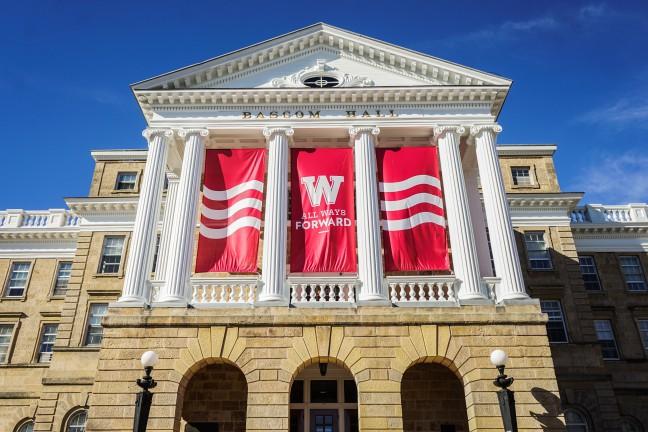University of Wisconsin experts weighed in on the ways funding impacts development of programs in humanities and science, technology, engineering and math.
Research has shown more employers are looking for people who can combine skills from both STEM and liberal arts fields, Matthew Hora, UW assistant professor of liberal arts and applied studies, said. He said even if students are learning how to operate machinery and technology they need to know how to work in teams, write, communicate and think critically. Those skills come primarily from humanities and liberal arts fields.
There are several factors that influence the development of programs in each area, Hora said. These factors can influence aspects such as enrollment and availability of these programs.
“Even for success in really specific fields like STEM, students need to have proficiency and competency for long term success,” Hora said. “And they get these largely from liberal arts and humanities.”
Differences in funding
Hora said while both STEM, liberal arts and humanities programs are equally important, they are not equally funded. On the federal level, he said STEM programs receive more funded and there is no contest between them and humanities and liberal arts programs.
According to UW’s 2015-16 data digest, federal organizations like the National Science Foundation gave science and engineering programs nearly $500 million for research and development between 2013 and 2014. This was 47 percent of NSF’s total expenditure. Non-science and engineering programs received $26 million, or 2 percent of NSF’s total expenditure.
Comparatively, the National Endowment for Humanities, an independent federal agency working to develop humanities programs nationwide, gave UW approximately $37 million in grants over the last 50 years for the development of the university’s humanities research, Paula Wasley, National Endowment for Humanities spokesperson, said.
There is a discrepancy even among STEM programs. According to the data digest, health care programs received approximately $200 million in federal research awards compared to $92 million for engineering programs.
But Hora said these examples were not representative of all funding sources. UW receives donations and funding from alumni and various other organizations.
He said the amount of money going toward a program also depends on how much it costs in general, regardless of what kind of program it is. For instance, chemistry programs are more expensive to maintain compared to a gender and women’s studies program because of equipment costs.
Donors and funding organizations act on their own interests when they give money, Ben Corey, Wisconsin Foundation and Alumni Association spokesperson, said in an email to The Badger Herald. University officials allocate this money based on priorities, he said.
“It’s not about what we think should receive more funding,” Corey said. “University leaders set development priorities and donors have their own interests and our job is to find the match between UW priorities and donors who have interest in those areas.”
Impact of funding
While there is no direct correlation between funding and enrollment, increased funding can lead to better programs, which attracts more students, Mary Ellen Gabriel, spokesperson for UW College of Letters and Sciences, said.
According to UW’s 2014 STEM report, undergraduate juniors and seniors enrollment in STEM majors increased from 32 to 41 percent between 2000 and 2014. Enrollment in some humanities and liberal arts majors has decreased in UW, Gabriel said. But she said this is a nationwide trend, not just a trend at UW.
Bassam Shakhashiri, UW chemistry professor, said enrollment in chemistry continues to be high, which gives faculty more opportunities to teach and engage students. He said scientific fields are important because of their impact on society.
Shakhashiri said there is normally never enough funding to support all types of programs. He said it is important that students receive a well-rounded education despite what programs are more funded or popular.
“Students should, when they come to college, go through a lot of experiences in majors,” Shakshashiri said.


